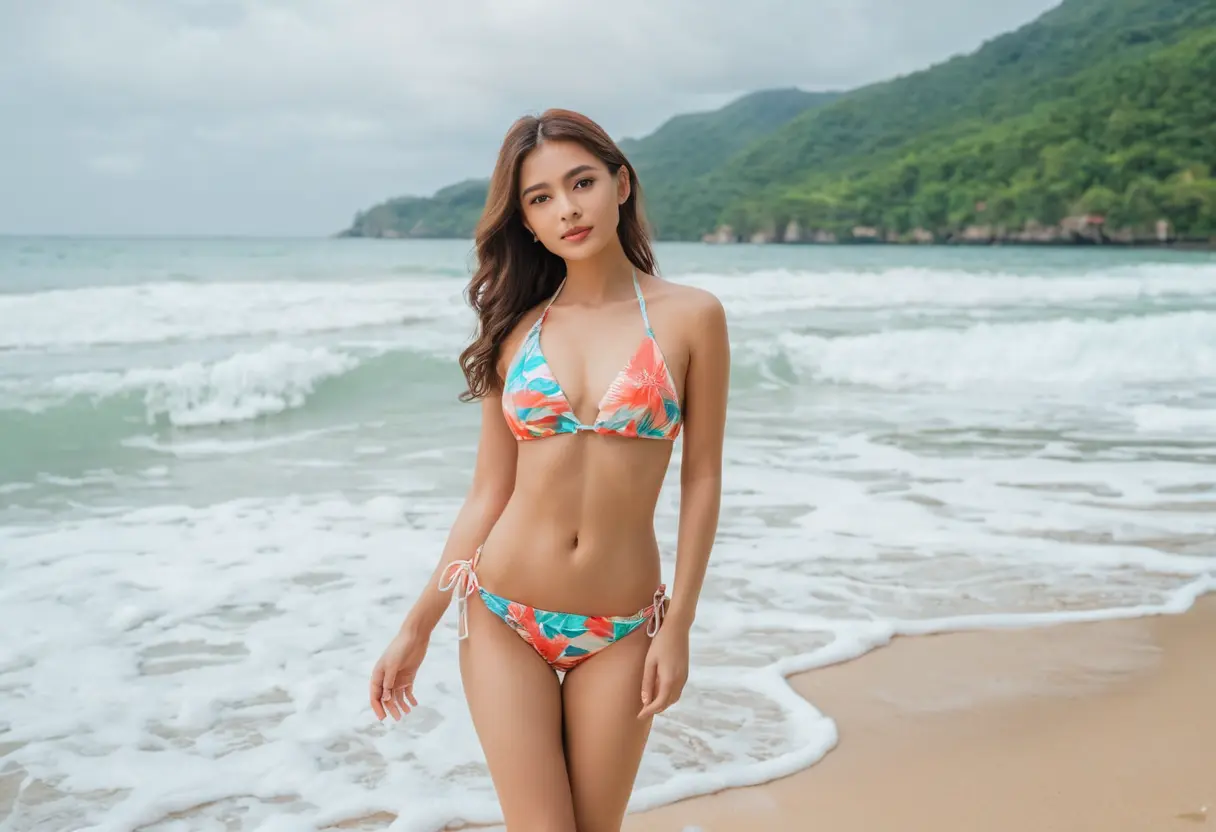Artificial Intelligence (AI) has made remarkable strides in various fields, including image generation, where it can create highly realistic and sometimes controversial content. One of the emerging concerns is the rise of undressed AI photos, which are computer-generated images of people, often in compromising or revealing situations, that may or may not resemble real individuals. While AI-driven technologies open up new opportunities in art, entertainment, and even advertising, they also raise significant questions regarding privacy, consent, and the ethical implications of such technology. In this article, we will explore the impact of undressed AI photos on privacy and ethics in the technological landscape, examining their potential consequences on individuals and society.
To understand the controversy surrounding undressed AI photos, it is essential to grasp the underlying technology. Generative Adversarial Networks (GANs) and deep learning models are the primary tools used to create realistic human images. These systems are trained on large datasets consisting of photographs and other visual media, enabling AI to generate new images that closely resemble real people. While the use of AI in this field can result in impressive art and design, it also poses significant risks when used to create undressed or sexually explicit images of individuals.

AI models can be fed data of people’s faces and bodies, allowing the software to generate highly realistic but fabricated images. These images can be entirely fictional, based on a blend of various features from multiple individuals. However, when these images resemble real people, especially without their consent, they can breach privacy and raise ethical concerns.

One of the primary issues with undressed AI photos is the violation of personal privacy. AI-generated images that depict people in compromising or explicit scenarios can be used to manipulate and harm the reputation of individuals. This is particularly problematic when such images are created without the consent of the people they resemble.

For example, AI-generated images that mimic the appearance of celebrities, public figures, or private individuals can be spread across social media or used in deepfake videos, causing significant distress and harm. The ability to fabricate realistic images opens the door to a new wave of digital harassment and exploitation, with individuals having little control over how their likeness is used. This misuse of AI technology can result in emotional and psychological harm to victims, who may struggle to clear their name or prove that the images are fake.
The ethical ramifications of creating undressed AI photos extend far beyond privacy violations. These images raise fundamental questions about consent, authenticity, and the responsibility of creators and platforms. When AI is used to generate sexualized or explicit images of individuals, it becomes a tool for potential exploitation. The creators of such images are responsible for ensuring that the technology is not misused, yet the boundaries between creativity, personal rights, and digital manipulation can be blurry.
Some argue that AI-generated nude photos could be seen as a form of digital art or expression. However, others contend that these images cross ethical boundaries when they involve individuals who have not given their explicit consent to be represented in such a manner. The difficulty in distinguishing between real and AI-generated content also complicates the issue, as the public may not always be aware of what is artificial and what is genuine.
As undressed AI photos become more prevalent, lawmakers and regulatory bodies are beginning to explore legal frameworks to address the growing concerns. In some regions, deepfake technologies—particularly those that create non-consensual explicit content—are already illegal, and penalties can include fines or imprisonment. However, the rapid pace of technological advancement often outstrips the ability of legal systems to adapt, creating a gap where harmful AI-generated images can proliferate unchecked.
One significant challenge in regulating AI-generated images is distinguishing between legitimate artistic expression and harmful content. Laws must balance freedom of speech and creativity with the need to protect individuals from exploitation and privacy violations. Furthermore, enforcing these laws across international borders is a complex issue, as AI-generated images can easily be shared across platforms and between countries, making it harder to control their distribution and prevent abuse.
Given the potential harms associated with undressed AI photos, it is crucial to establish guidelines and frameworks that promote the responsible use of AI in image generation. Here are some steps that can help mitigate the risks:
The advent of undressed AI photos presents significant privacy and ethical challenges that need to be addressed by both technology developers and society at large. While AI can be a powerful tool for creativity and innovation, it also has the potential to infringe upon personal rights and exacerbate the spread of harmful content. By implementing responsible practices, raising awareness, and strengthening legal protections, we can better navigate the complexities of AI-generated images and ensure that this technology is used in ways that respect privacy and uphold ethical standards.
2024-11-05 20:00
2024-11-05 19:56
2024-11-05 19:30
2024-11-05 19:16
2024-11-05 18:56
2024-11-05 18:41